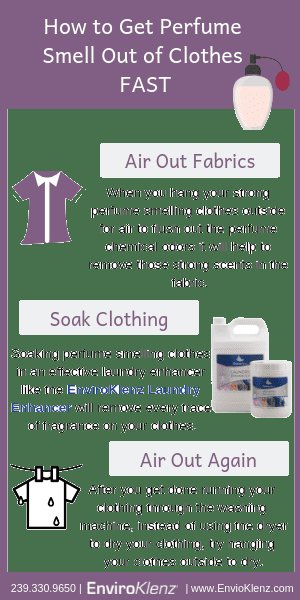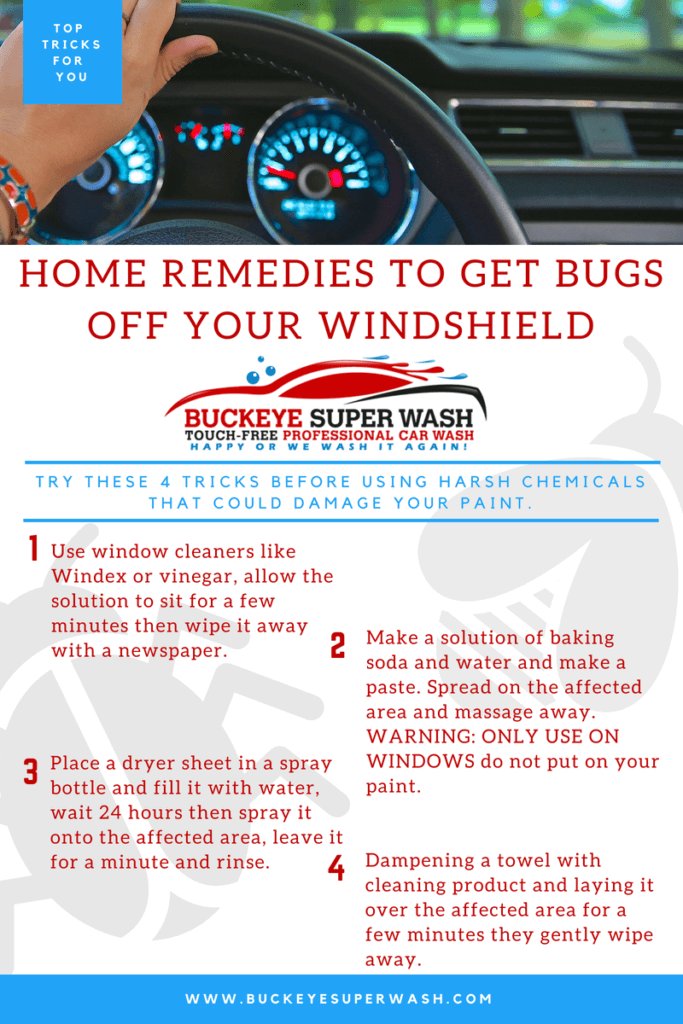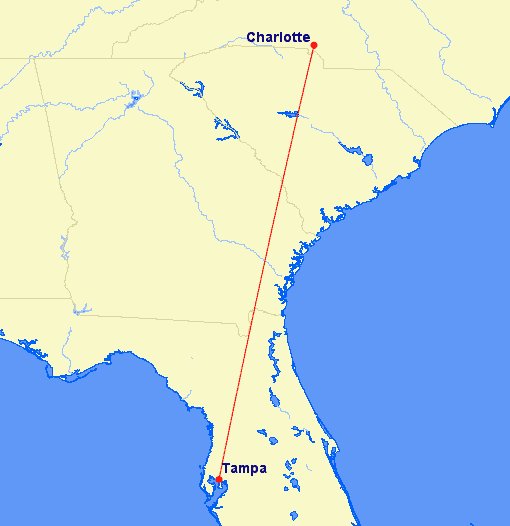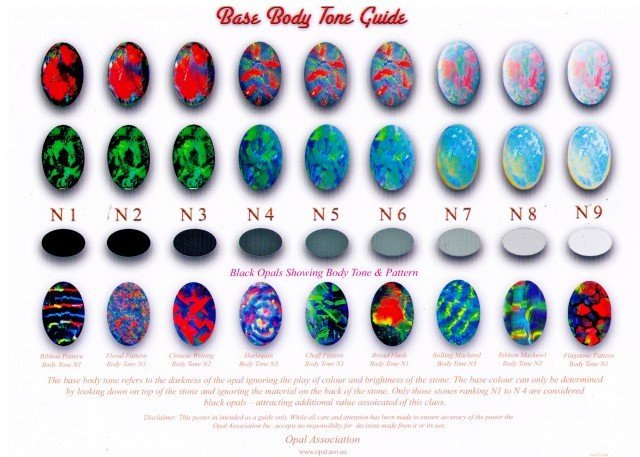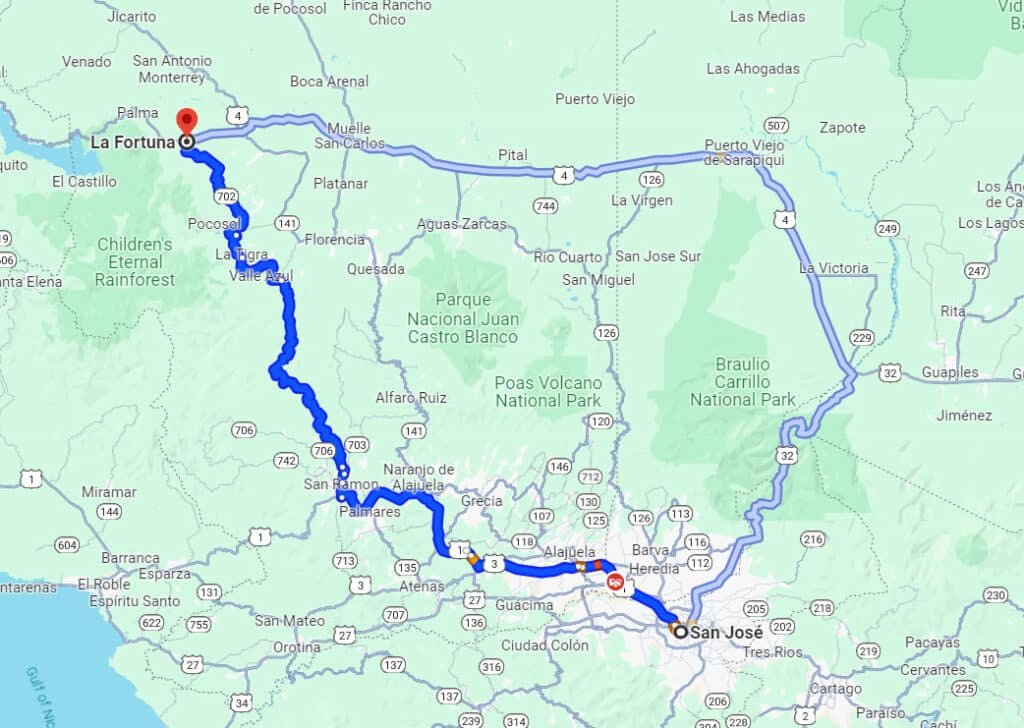A 20×30 poster measures 20 inches in width and 30 inches in height. Perfect for making a statement or showcasing artwork, these posters are versatile and eye-catching. Whether you’re looking to decorate a room or promote an event, understanding the dimensions of a 20×30 poster is crucial. Let’s explore the impact of this poster size and how you can make the most of it in your projects.
How Big is a 20×30 Poster?
Introduction
Have you ever wondered how big a 20×30 poster really is? Whether you’re planning to decorate your room, promote an event, or showcase your artwork, understanding the dimensions of a 20×30 poster is essential. In this detailed guide, we’ll explore the exact size of a 20×30 poster and provide you with all the information you need to create or visualize your own poster.
What Does 20×30 Mean?
The dimensions of a poster are typically expressed in inches. When you see the numbers 20×30 associated with a poster, it refers to the width and height of the poster in inches. In this case, a 20×30 poster is 20 inches wide and 30 inches tall.
Visualizing the Size
To give you a better idea of how big a 20×30 poster is, picture a standard door. A 20×30 poster is approximately the same height as a standard interior door and a bit wider. This size offers a significant canvas for displaying images, text, or a combination of both.
Common Uses of 20×30 Posters
Decorating a Room
One popular use for 20×30 posters is decorating a room. Whether you want to add a splash of color to your bedroom or make a statement in your living room, a 20×30 poster can be a great choice. You can create personalized posters with your favorite quotes, artwork, or photos to enhance the ambiance of any space.
Event Promotion
If you’re organizing an event such as a concert, movie screening, or fundraiser, a 20×30 poster can be an effective marketing tool. The size of the poster allows you to include all the necessary information about the event, such as the date, time, location, and ticket details, in a clear and eye-catching way.
Artistic Displays
Artists and photographers often use 20×30 posters to showcase their work. The large size of the poster enables them to present their images in great detail, making it ideal for exhibitions, art shows, or personal portfolios. Whether you’re a professional artist or an amateur enthusiast, a 20×30 poster can help you showcase your creativity.
Choosing the Right Frame for Your 20×30 Poster
Once you have your 20×30 poster printed, you’ll want to display it in a frame to protect it and enhance its visual appeal. When selecting a frame for your poster, consider the style of the artwork, the decor of the room where it will be displayed, and your personal preferences.
Frame Material
Frames come in various materials, such as wood, metal, and plastic. Wood frames offer a classic and elegant look, while metal frames provide a contemporary feel. Plastic frames are lightweight and economical, making them a practical choice for casual displays.
Frame Color
The color of the frame can significantly impact the overall look of your poster. Choose a frame color that complements the colors in your poster and the decor of the room. Black, white, and natural wood tones are versatile options that can blend well with most posters and interior styles.
Frame Style
Frames come in different styles, from simple and sleek to ornate and decorative. Consider the style of your poster and the ambiance you want to create when choosing a frame. A minimalist poster may look best in a clean, modern frame, while a vintage poster could be enhanced by a more ornate frame.
In Conclusion
In conclusion, a 20×30 poster is 20 inches wide and 30 inches tall, providing a generous canvas for a variety of purposes, from room decoration to event promotion and artistic displays. Understanding the dimensions of a 20×30 poster can help you create visually appealing and impactful designs that fulfill your specific needs. Remember to choose a suitable frame to protect and showcase your poster effectively. Whether you’re a budding artist, event organizer, or simply someone looking to add a personal touch to your space, a 20×30 poster can be a versatile and engaging medium for your creativity.
20×30 inch aluminum printed with a glossy surface. This looks great for location sessions.
Frequently Asked Questions
What are the dimensions of a 20×30 poster?
A 20×30 poster has dimensions of 20 inches by 30 inches. This means it is 20 inches wide and 30 inches tall.
How does the size of a 20×30 poster compare to a standard poster size?
A 20×30 poster is larger than the standard poster size, which is typically around 18×24 inches. The extra size provides more space for images and text, making it more visually impactful.
Is a 20×30 poster suitable for a large display area?
Yes, a 20×30 poster is ideal for larger display areas such as walls in offices, event venues, or retail stores. It offers enough space to showcase detailed information or eye-catching visuals.
Can a 20×30 poster be easily framed?
Yes, a 20×30 poster can be easily framed with standard poster frames available in various stores. The dimensions are common for framing purposes, making it convenient to find a suitable frame for display.
Final Thoughts
A 20×30 poster measures 20 inches in width by 30 inches in height. When considering poster sizes, this dimension offers a considerable display area suitable for showcasing various designs or photographs. Whether for advertising purposes or decorative use, understanding how big a 20×30 poster is essential for creating impactful visuals. Overall, a 20×30 poster provides ample space to convey your message effectively and attract viewers’ attention. Remember, the dimensions of a 20×30 poster play a crucial role in determining its visual impact and suitability for different display settings.


